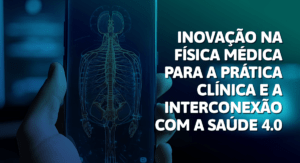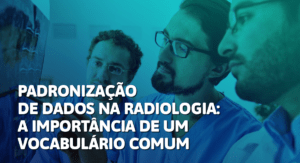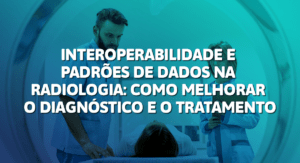Determining levels of consciousness in people who have severe brain injury is notoriously hard. That task may become a little easier with the finding that brain scans can help doctors identify whether patients in a vegetative or minimally conscious state are likely to recover to some degree.
At present, most hospitals use bedside clinical observations – such as shining light into the eye and a battery of other tests – to determine someone’s level of consciousness. However, experience shows these diagnoses to be wrong around 40 per cent of the time.
Getting the diagnosis right is important because people who are in a vegetative state might have some reflexes but no awareness. On the other hand, minimally conscious patients can sometimes feel pain, which will require treatment, and may experience some emotions. They are also more likely to regain higher levels of consciousness over time.
Now, for the first time, the accuracy of the “gold standard” bedside form of diagnosis has been compared with diagnosis based on brain scans using either functional magnetic resonance imaging (fMRI) or positron emission tomography (PET). Minimally conscious people have shown brain activity in specific areas when asked questions, and this shows up on an fMRI scan. PET scans monitor glucose uptake by the resting brain, showing how much metabolism is under way. This can be used to gauge the level of brain activity, even in the most unresponsive patients.
Steven Laureys of the University of Liège in Belgium and his colleagues carried out the scans on 126 people. Traditional bedside observations had categorised 81 of them as minimally conscious, 41 as being in a vegetative state, and four as having locked-in syndrome, a behaviourally unresponsive but conscious “control” group.
Leia mais em: NewScientist – Acessado em 16/04/2014







